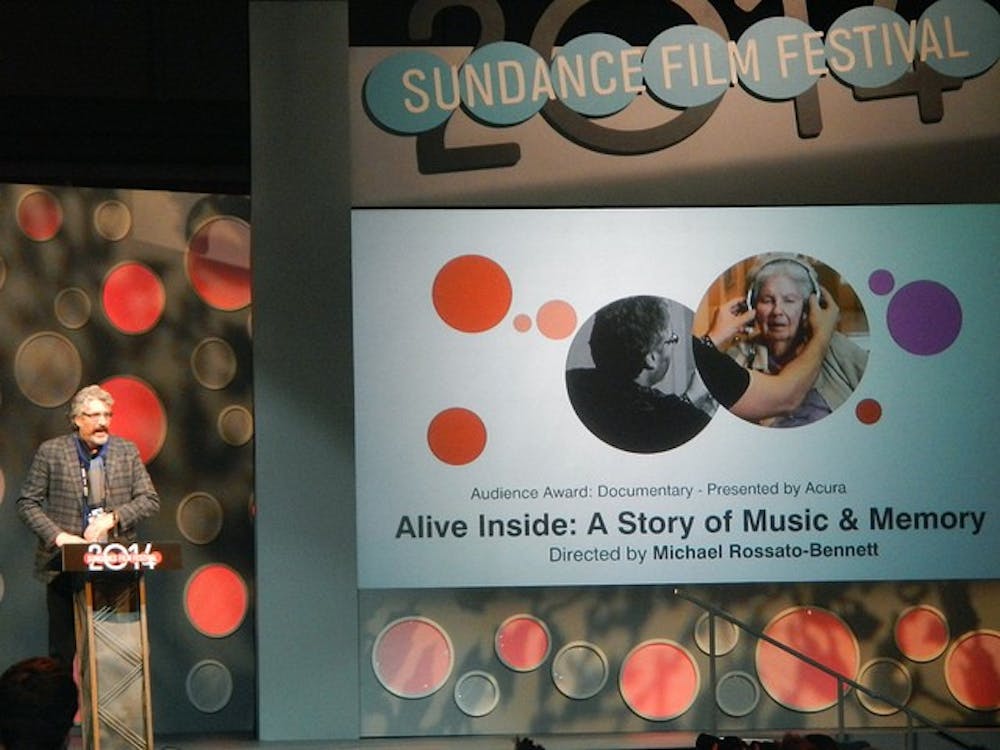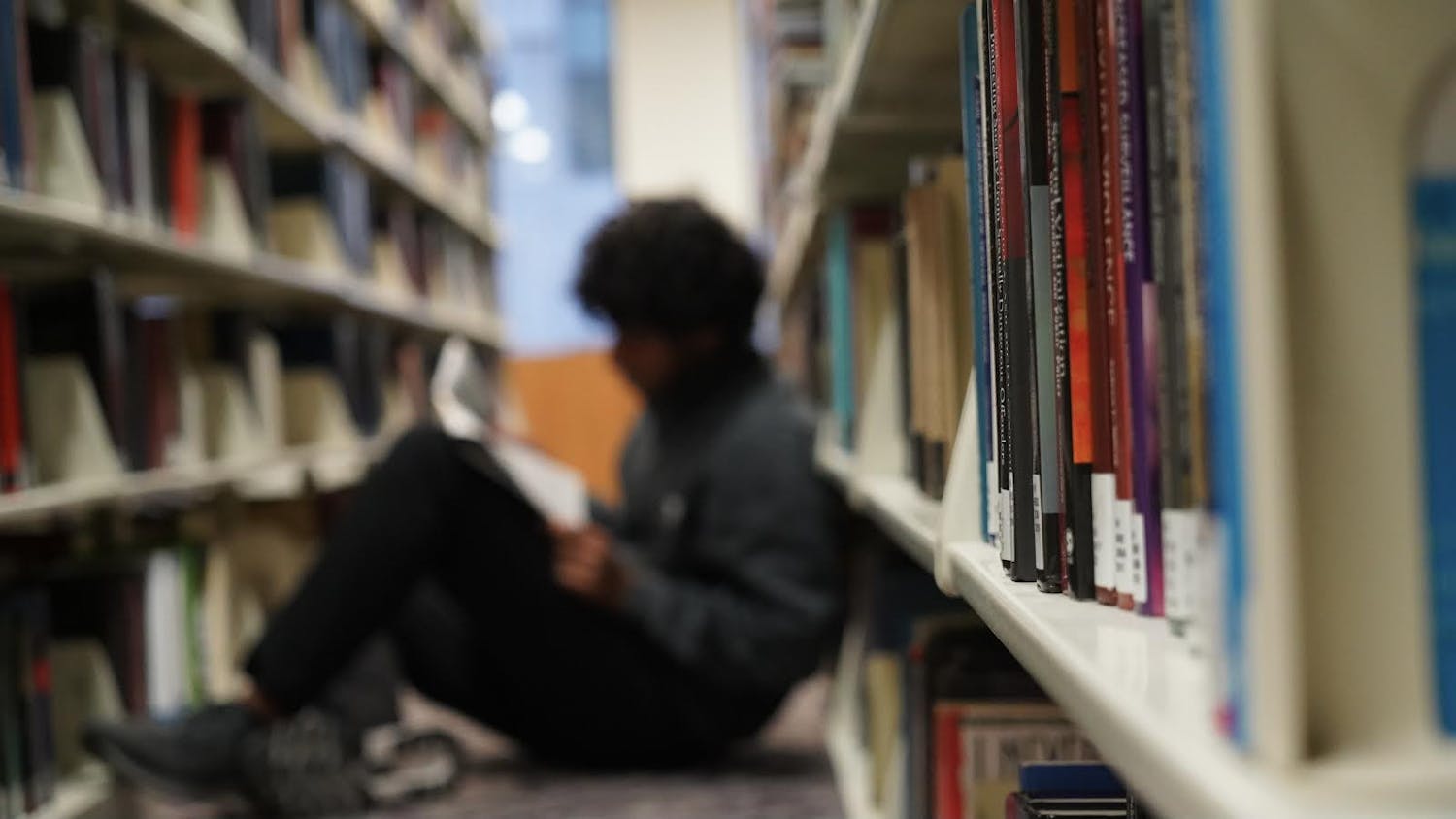“Alive Inside,” directed by Michael Rossato-Bennett that follows the tale of patients with dementia in the American healthcare system and how they adjust to using musical therapy.
The film features Dan Cohen, Louise Dueno and Norman Hardie as real-life subjects that are a part of the “Alive Inside” project. During the film, Cohen who is a social worker goes into nursing homes and gives out ipods that help the elderly. The iPods serve as a form of musical therapy for the “Alive Inside Project.” Hardie and Dueno serve as themselves and part of the project during the film. The movie is a startling look into how memories are formed and is a great watch for anyone who questions how the human body works.
The Eagle spoke with director Michael Rossato-Bennett to discuss “Alive Inside.”
Eagle: How do you choose which subjects that you cover for your movies? What was it about Dan Cohen that really interested you?
Michael Rossato-Bennett: I came into the nursing home to do one day of filming, and I was actually very scared. I saw all of these people lined up with wheelchairs and they looked like they were on their way out and then Henry was wheeled in front of me and was gone. But with those earphones on you can see in the movie. It was like a fire started inside of him. He came to life. His head was up. What came out of him was so phenomenal — seeing him come from dead to alive. Tears came to my eyes, and I felt something so profound. I felt like I was witnessing a direction of a human being and saw all these people and wanted to tell a story of waking them up and never turned back. I felt like I saw someone dead come back to life and not just back to life but like an angel.
E: How did this movie start? Did you know Dan Cohen beforehand?
MR-B: I make short films and the foundation funded this guy Dan. And the foundation said, ‘Let’s make a website with videos.’ I arranged to make this website, and I didn’t mean to make a documentary. And the experience moved me so much that I wanted to continue, and I am glad that I did. I never had the opportunity to help change the life for millions of people. It’s not something that comes along every day. It’s a once in a lifetime opportunity.
E: Were you involved at all in Dan’s contributions, as you were filming were you involved?
MR-B: Of course. For half of the film Dan isn’t even there. What happens is you go into a place that is like a desert. It is a place where people have left everything that they know of their families. A place where they are confined for their whole lives. People are bringing them their memories. And they had such a huge reaction because they hadn’t felt this connection in so long. People in those homes never get any visitors. Some people are there for 10 years and never get any visitors. You go and visit somebody in a nursing home and you leave, then its over. When you leave its over. As you go into a nursing home to visit your grandma or something this helps her find her music. No one has ever tried to help her find it with her memories. But this will give her back childhood memories. Nowadays there are so many problems that you cannot do anything about. This does not come as the first problem where we can actually do something and this is very rare. It’s good for all of us plus it saves us billions and billions of dollars.
E: What was it like filming? How did you choose the different locations and people to film when you weren’t following Dan around?
MR-B: It was just sort of like a detective story you know you know I wondered about old people at home that were ignored. I knew about a lady in Canada and wondered if I could help people at home and thought, ‘of course I can.’
E: Has the impact of this project affected your family at all? Have you tried it on your relatives?
MR-B: You know when I started this film I had no one in my family that was dealing with dementia, but by the time I was done, my stepfather had dementia and we had tremendous shock. And it was amazing that I felt helpless. Even though I was making these movies, I felt helpless. The association was there and we got counseling. It wasn’t fair because my stepfather was a composer so he had many memories in his life. It really made me emphasize all the people in this country as this enormous problem and that I feel so grateful as a message of hope and the only good news with Alzheimers in a way that it is.
E: Do you hope to continue doing anything with this project or are you moving on to any other projects with your films?
MR-B: I feel like through all my films the point is to create a connection between you and them. And so with the “Alive Inside” project this will try to inspire people to help their loved ones, to connect through and to try and educate and ask questions that really value what it means to be in the age of Google. I still think that there are gifts in elders — big gifts. I think that elders can save us time. There’s people that go through life and they have someone’s wisdom that they didn’t know before to guide them.
“Alive Inside” (NR, 75 minutes) is now playing at Landmark E Street Cinema.





